STRONG RESEARCH
There are over 50 clinical research studies demonstrating improvements in movement when using RAS (Rhythmic Auditory Stimulation).
Specifically, walking speed has been shown to be highly correlated to fall risk. A study showed that each 0.1 m/s increase in walking speed was correlated to a 7% decrease in fall risk (Verghese et al., 2009).
MARKED IMPROVEMENT
Randomized Control Trials in multiple indications, including stroke, MS, Cerebral Palsy, and PD, demonstrated improved walking when RAS was delivered. (Suh et al., 2014; Conklyn, et al., 2010; Kim, et al., 2012; Bukowska, et al., 2016).
BETTER THAN STANDARD OF CARE
RAS is better than standard of care, as shown in RCT that yielded better outcomes than physical therapy in stroke patients (Thaut, 1997).
George, a patient in the MedRhythms clinical practice, shows dramatic gains in post-stroke walking recovery as supported by neuroscience and clinical research:
ENTRAINMENT
Studies have shown that audio-motor pathways exist in the Reticulospinal tract, the part of the brain that is responsible for movement. Priming and timing of movements via these pathways demonstrate the motor system's ability to couple with the auditory system in order to drive movement patterns (Rossignol and Melville, 1976). This auditory-motor coupling has been termed, entrainment.
Rhythm enhances the brain at a brainstem level through the existence of audio-motor pathways via reticulospinal connection (Thaut, 2010). Auditory projections in the cerebellum have been shown via the pontine nuclei. Additionally, the inferior colliculi, one of the ascending auditory pathways, projects through the thalamus to the striatum and the basal ganglia. The basal ganglia maintains key projection to the cortical structures, including the supplementary motor cortex and pre-motor cortex (Thaut, 2010). In addition, the auditory association areas project back to the basal ganglia, and influence the function of timing and sequencing selection. Entraining to an external auditory cue while walking has been shown to effectively increase walking speed (Cha, 2014), decrease gait variability (Wright, 2016), and lower fall risk (Trombetti, 2011).
FURTHER READING
Thaut, Michael H. and Mutsumi Abiru, “Rhythmic Auditory Stimulation in Rehabilitation of Movement Disorders: A Review of Current Research,” Music Perception, vol. 27, no. 4, 2010.
Thaut, Michael H., "Entrainment and the Motor System," Music Therapy Perspectives, vol. 31, 2013.
NEUROPLASTICITY
Neuroplasticity refers to the brain’s ability to strengthen preexisting neural connections and, thus, allow an individual to acquire skills over time. No matter one’s age, the brain possesses the power to heal itself when exposed to the appropriate stimuli. Music induces the neurological connections necessary for the positive re-wiring of the brain in certain regions. There is conclusive evidence that, in addition to making rehabilitation more pleasant, music can offer “an alternative entry point into a ‘broken’ brain system” that can “remediate impaired neural processes or neural connections by engaging and linking brain centers that might otherwise not be linked together” (Thaut, 2010).
An important study by Moore et al. validates these concepts by proving that music-cued motor-training facilitates a change in a brain region called the arcuate fasciculus, which plays an important role in motor planning (Moore et al, 2017). These changes in brain anatomy are evidence that music promotes neuroplasticity, especially in areas involved in movement.
FURTHER READING
Schlaug, Gottfried et al., "Music Listening and Music Making in the Treatment of Neurological Disorders and Impairments," Music Perception, vol. 27, no. 4, 2010.
Thaut, Michael H. and Gerald C. McIntosh, “How Music Helps to Heal the Injured Brain: Therapeutic use Crescendos Thanks to Advances in Brain Science,” Cerebrum, March 2010.
WideSpread ACTIVATION
The majority of external stimuli affect specific areas of the brain that are associated with various physical, cognitive, and behavioral functions. Music, in contrast, has the power to activate all of these seemingly compartmentalized regions and facilitate connections between segmented neurological complexes.
As renowned doctor, researcher, and scholar Oliver Sacks explained in the opening of his book, Musicophelia: Tales of Music and the Brain, this phenomenon is based on “the fact that there is no single 'music center' in the human brain, but the involvement of a dozen scattered networks throughout the brain” (Sacks, 2007).
Furthermore, these music networks overlap with areas “active in processing language, auditory perception, attention, memory, executive control, and motor control" (Thaut et al., 2010). This makes it possible for a music-based stimulus to engage overlapping regions, music and non-music alike, as well as “drive complex patterns of interaction among them" (Thaut et al., 2010).
FURTHER READING
Peretz, Isabelle and Robert J. Zatorre, "Brain Organization for Music Processing," Annual Review of Psychology, vol. 56, 2005.
Sacks, Oliver, Musicophelia: Tales of Music and the Brain, 2007.
Thaut, Michael H. and Gerald C. McIntosh, “How Music Helps to Heal the Injured Brain: Therapeutic use Crescendos Thanks to Advances in Brain Science,” Cerebrum, March 2010.
Thaut, Michael H., “Neurologic Music Therapy in Cognitive Rehabilitation,” Music Perception, vol. 27, no. 4, 2010.

























